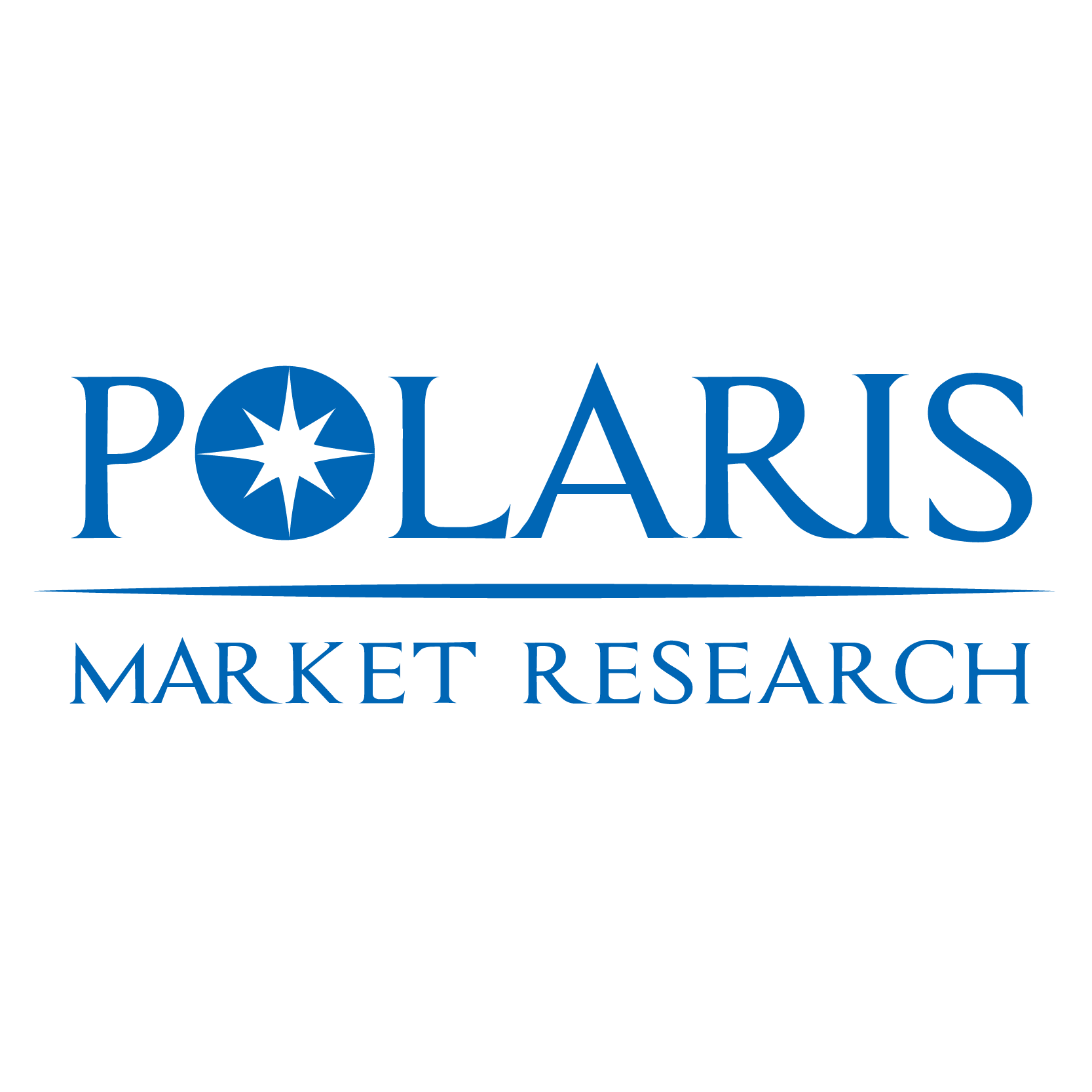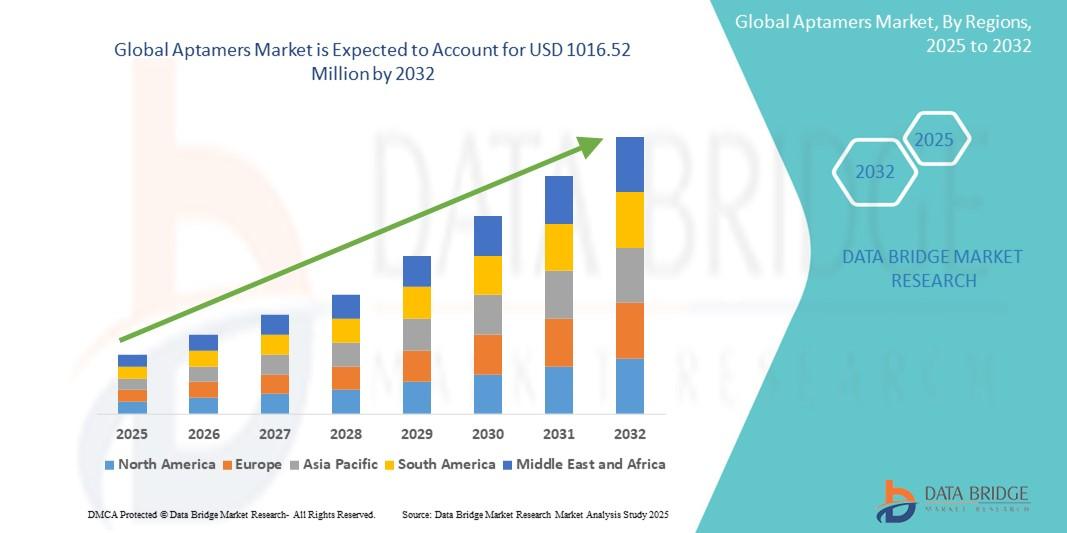Glaucoma Market Forecasted for Robust Long-Term Expansion
Glaucoma Market Overview
Global Glaucoma Market size and share is currently valued at USD 8.68 billion in 2024 and is anticipated to generate an estimated revenue of USD 13.43 billion by 2034, according to the latest study by Polaris Market Research. Besides, the report notes that the market exhibits a robust 4.5% Compound Annual Growth Rate (CAGR) over the forecasted timeframe, 2025 - 2034
The Glaucoma Market is witnessing steady expansion globally, fueled by the increasing prevalence of glaucoma and the growing aging population. Glaucoma, often referred to as the “silent thief of sight,” is a group of eye disorders that gradually damage the optic nerve, often due to elevated intraocular pressure (IOP). This condition is one of the leading causes of irreversible blindness worldwide. The rising awareness of early diagnosis, advancements in treatment technologies, and the introduction of innovative pharmaceuticals are driving growth across the global glaucoma treatment landscape.
The market is also benefiting from the integration of digital health tools, teleophthalmology, and artificial intelligence (AI) in early detection and disease management. Ophthalmologists are adopting advanced diagnostic devices such as optical coherence tomography (OCT), visual field analyzers, and tonometers for precise assessment and monitoring. Furthermore, the growing focus on personalized medicine and the development of novel drug delivery systems are improving treatment adherence and patient outcomes.
Key Market Growth Drivers
A key driver of the Glaucoma Market is the increasing global prevalence of the disease, particularly among the elderly. As life expectancy rises, the risk of developing glaucoma escalates, making it a major public health concern. Primary open-angle glaucoma (POAG) and angle-closure glaucoma (ACG) are the most common forms, affecting millions of individuals worldwide. The growing geriatric population, especially in developed nations, has significantly contributed to the expansion of the glaucoma treatment market.
Advancements in diagnostic and therapeutic technologies have also propelled market growth. The adoption of sophisticated imaging tools like OCT, fundus photography, and scanning laser polarimetry has enhanced clinicians’ ability to detect glaucoma at an early stage. Minimally invasive glaucoma surgeries (MIGS) have emerged as a preferred surgical option due to their safety profile, shorter recovery time, and reduced complication rates. These innovations have transformed glaucoma management and increased patient acceptance of surgical interventions.
Pharmaceutical developments represent another major growth factor. Drug classes such as prostaglandin analogs, beta-blockers, carbonic anhydrase inhibitors, and alpha agonists remain the cornerstone of glaucoma treatment. However, recent innovations in sustained-release formulations and combination therapies have improved drug efficacy and compliance. Companies are focusing on developing medications that require fewer daily doses and maintain consistent intraocular pressure control.
Growing awareness and screening initiatives by healthcare organizations and NGOs are contributing to early detection and treatment uptake. Public health campaigns are emphasizing the importance of regular eye examinations, particularly for high-risk individuals such as those with diabetes, a family history of glaucoma, or African and Asian ancestry.
The rise of digital health and teleophthalmology has also accelerated early diagnosis and remote disease monitoring. Smart diagnostic tools and AI-driven image analysis are enabling ophthalmologists to detect glaucomatous changes with high accuracy. These technologies are especially beneficial in rural and underserved areas where access to specialized eye care is limited.
𝐁𝐫𝐨𝐰𝐬𝐞 𝐌𝐨𝐫𝐞 𝐈𝐧𝐬𝐢𝐠𝐡𝐭𝐬:
https://www.polarismarketresearch.com/industry-analysis/glaucoma-market
Market Challenges
Despite the strong growth potential, the Glaucoma Market faces several challenges that restrain its expansion. One of the major obstacles is the asymptomatic nature of glaucoma in its early stages, leading to delayed diagnosis. Many patients remain unaware of their condition until significant vision loss occurs, making it difficult to prevent irreversible damage.
Patient adherence to long-term therapy remains a critical issue. Glaucoma requires lifelong management, and many patients struggle with regular administration of eye drops due to factors such as side effects, cost, or forgetfulness. Noncompliance can lead to disease progression and vision loss, highlighting the need for improved drug delivery systems and patient education programs.
The high cost of advanced diagnostic and surgical equipment also presents a challenge, especially in low- and middle-income countries. Limited access to trained ophthalmologists and specialized treatment centers further compounds the problem in developing regions. Moreover, disparities in healthcare infrastructure and insurance coverage hinder the widespread adoption of advanced glaucoma therapies.
Another challenge is the limited availability of curative treatment. While existing medications and surgeries help manage intraocular pressure, they cannot reverse optic nerve damage. Research is ongoing to develop neuroprotective and regenerative therapies that can preserve and restore vision, but these remain in early stages of clinical development.
Reimbursement and regulatory hurdles may also impact market growth. Lengthy approval timelines for new drugs and medical devices, along with varying reimbursement policies across countries, can delay commercialization and limit patient access to innovative therapies.
Regional Analysis
The Glaucoma Market exhibits diverse growth dynamics across regions, influenced by demographic trends, healthcare infrastructure, and technological adoption.
North America dominates the global glaucoma market, driven by a high prevalence of glaucoma, advanced healthcare infrastructure, and robust research and development initiatives. The United States leads the regional market, supported by early adoption of innovative drug delivery systems, widespread availability of MIGS devices, and increasing awareness of eye health. Government programs and non-profit initiatives promoting routine eye exams have further strengthened the region’s market position.
Europe holds a significant share of the glaucoma market, with countries like Germany, the United Kingdom, France, and Italy leading in terms of diagnosis and treatment adoption. Strong healthcare systems, growing use of advanced diagnostic technologies, and high public awareness contribute to steady growth in this region. European research institutions and pharmaceutical companies are actively involved in clinical trials focused on neuroprotective and sustained-release drug therapies.
Asia-Pacific is expected to witness the fastest growth in the glaucoma market. Rapidly aging populations, especially in China, Japan, and India, are leading to a surge in glaucoma cases. Governments are increasingly investing in healthcare infrastructure, while public health campaigns are raising awareness about the importance of early eye disease detection. The expansion of teleophthalmology and mobile health initiatives is enhancing access to eye care services in rural and underserved areas.
Latin America and the Middle East & Africa represent emerging markets with increasing healthcare investments. However, limited access to advanced ophthalmic technologies, lack of awareness, and economic constraints continue to hinder faster growth. Initiatives aimed at training eye care professionals and improving diagnostic facilities are gradually addressing these barriers, paving the way for market expansion in the coming years.
Key Companies
Prominent players operating in the global Glaucoma Market include:
-
Allergan plc (AbbVie Inc.)
-
Novartis AG
-
Pfizer Inc.
-
Bausch + Lomb Incorporated
-
Santen Pharmaceutical Co., Ltd.
-
Aerie Pharmaceuticals, Inc.
-
Alcon Inc.
-
Merck & Co., Inc.
-
Johnson & Johnson Vision Care, Inc.
-
Teva Pharmaceutical Industries Ltd.
These companies are focusing on product innovation, mergers and acquisitions, and strategic collaborations to strengthen their market presence. Many are investing in research to develop next-generation glaucoma therapies, including sustained-release implants, combination eye drops, and novel surgical technologies. Partnerships between pharmaceutical firms and diagnostic device manufacturers are enhancing treatment precision and patient outcomes.
Conclusion
The Glaucoma Market is evolving rapidly, driven by technological innovation, increasing disease awareness, and the rising prevalence of glaucoma worldwide. Early detection, improved drug formulations, and the adoption of minimally invasive surgeries are reshaping the treatment landscape. Although challenges such as patient noncompliance, high treatment costs, and limited access in developing regions persist, ongoing research and digital healthcare integration are helping overcome these barriers.
More Trending Latest Reports By Polaris Market Research:
Blood Transfusion Diagnostics Market
Military Drone Market: Flying on New Heights
South Korea Blastic Plasmacytoid Dendritic Cell Neoplasm (BPDCN) Market


